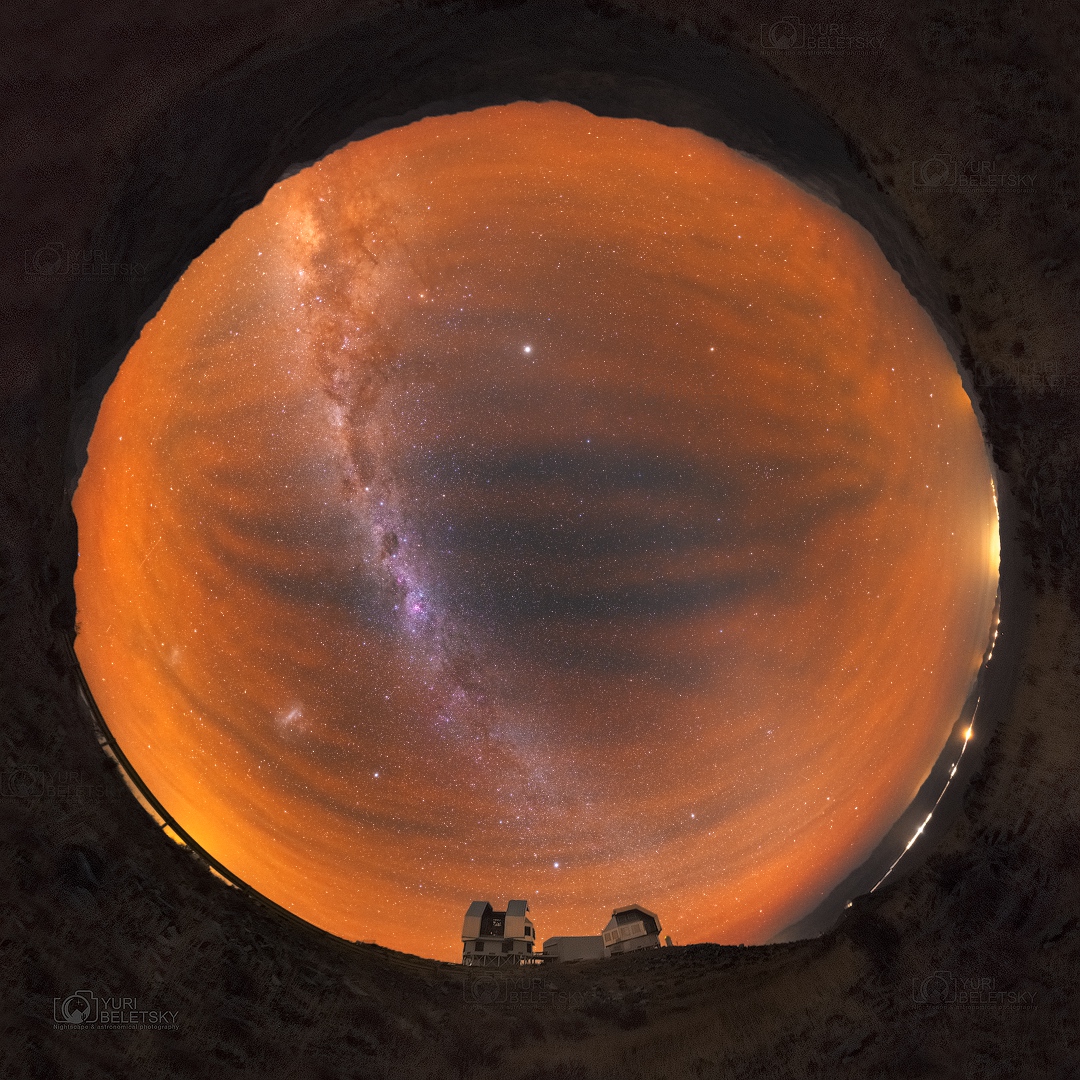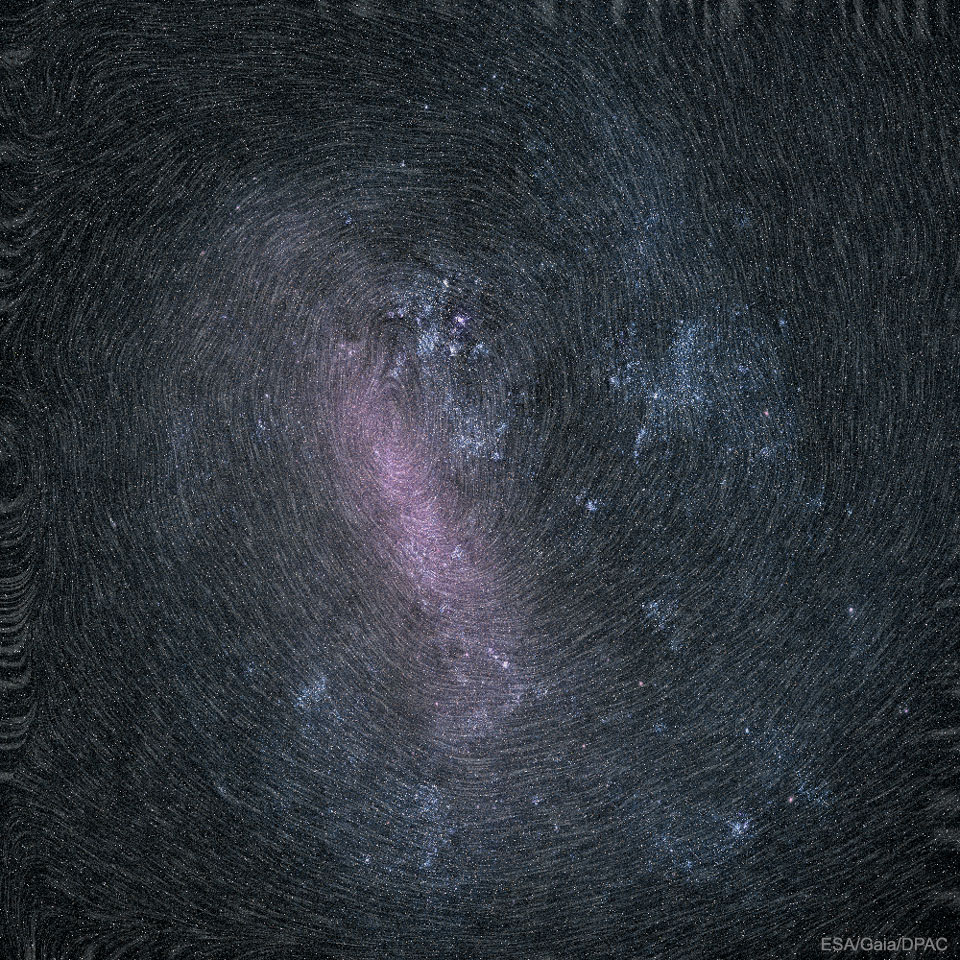NASA has selected Abacus Technology Corporation of Chevy Chase, Maryland, to provide research, analysis and communications support services at the agency’s Marshall Space Flight Center in Huntsville, Alabama.
from NASA https://ift.tt/2rKQc1F
via IFTTT![]()






